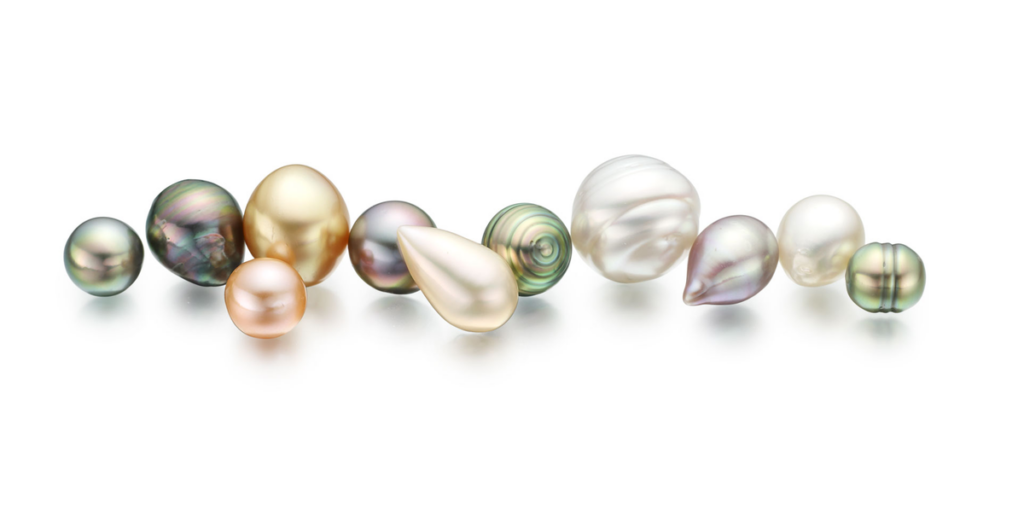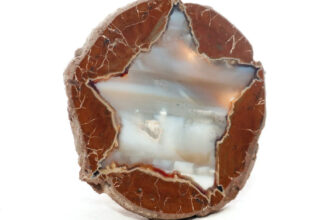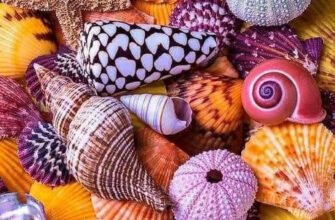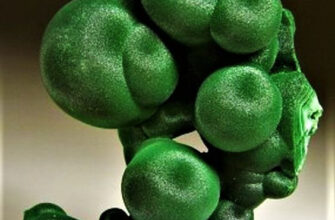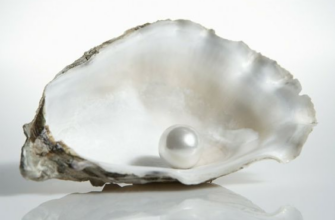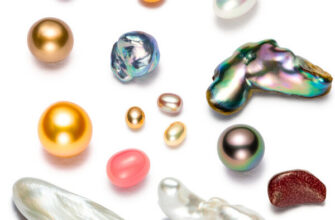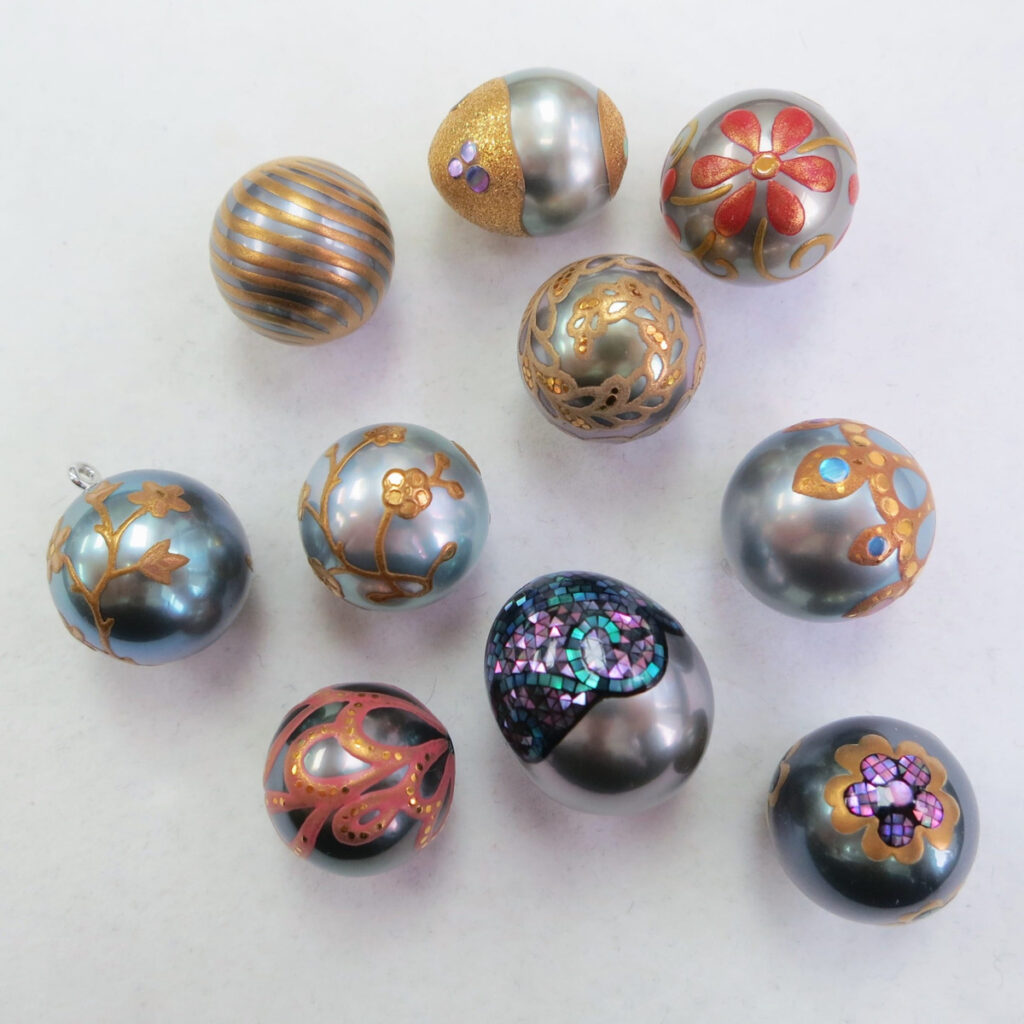Pearls are known for their light, mysterious shimmer, gorgeous hues. Its lively radiance, natural forms distinguish pearls from other precious stones. Modern jewelry with pearls is light and feminine.
Unfortunately, not all pearls are the same and most have been treated in one way or another. They range from cleaning and polishing to staining and coating. Some of them are acceptable, while others are best avoided. In this article, we will look at the different types of pearl processing.
Why do pearl procedures?
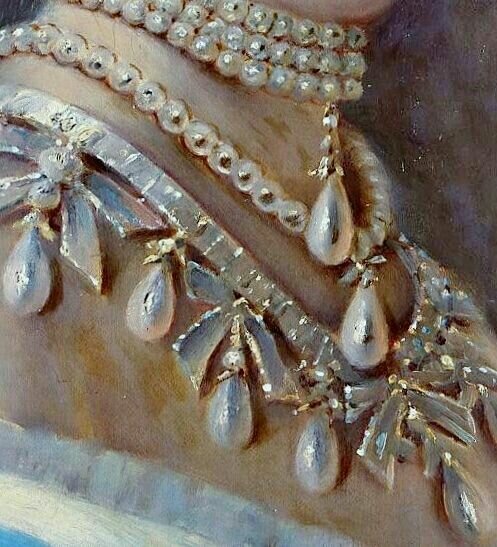
For literally countless millennia, pearls have been practically untreated. They didn't need to be carved from the surrounding rocks and minerals, they didn't need to be shaped, cut and polished or anything like that - they were just fished out of the water, well cleaned and sold. The richest man in the area for a small fortune.

Today, however, most pearls tend to go through quite a few procedures before reaching the hands of the buyer. Due to high demand and pressure from the market, pearl farmers are forced to offer as many of the best quality pearls as possible.
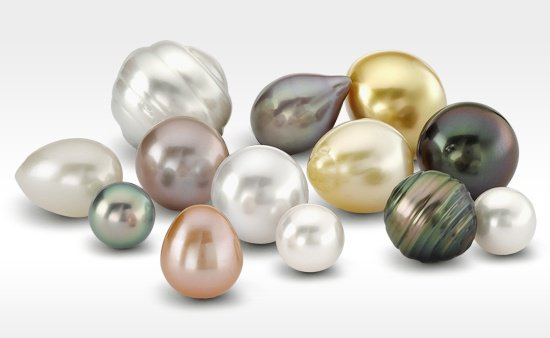
If earlier a pearl could be left to grow in an oyster or mussel for several years, now it is usually removed after 6-8 months. What's more, while saltwater pearls are still farmed at one per oyster, freshwater pearls are farmed at a rate of 24 to 32 pearls per mussel.
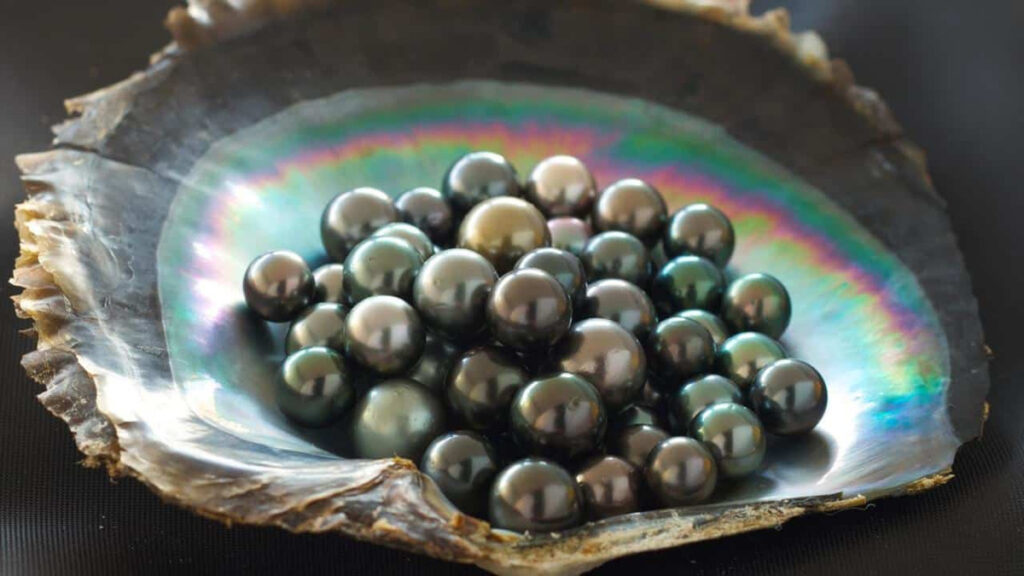
All of this is important to note before we delve into the various "treatments" themselves. Because that explains why they are needed in the first place.
Should all pearl treatments be avoided? While some treatments are minor, positive, and quite necessary, there are certain treatments that reduce the durability and quality of pearls and should be avoided.
Types of pearl processing

Almost all pearls on the market today are processed in one way or another, except for the very best. Let's take a look at the "acceptable" procedures:
- Cleaning: Pearls don't just come out perfectly white and shiny from oysters or mussels. Instead, they are covered with various types of dirt and polyps. They need to be cleaned properly before a farmer can even consider selling a pearl. This is a standard procedure, and although it is considered a kind of treatment, it can hardly be classified as such.
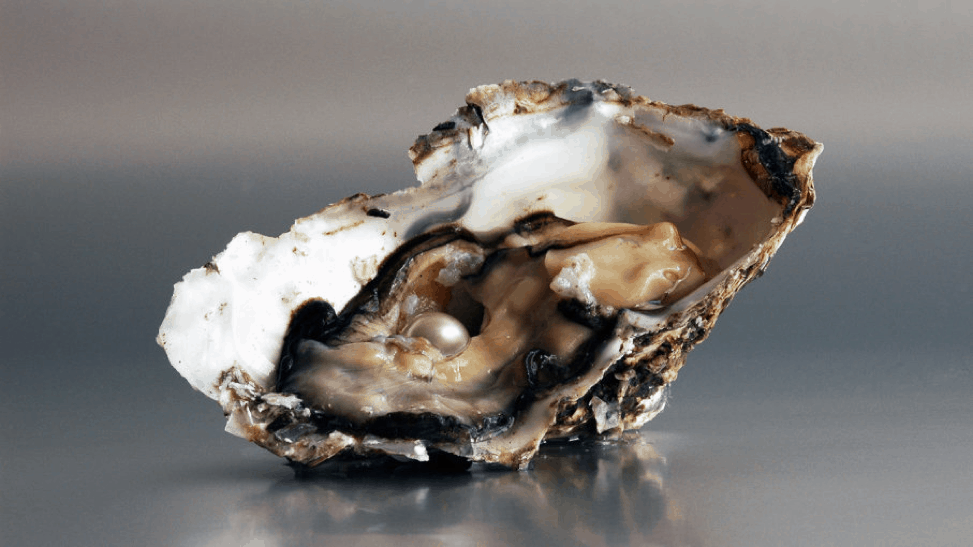
- Bleaching: Bleaching is used after the initial cleaning to lighten and even out the natural color of the pearl. The first layer that oysters or mussels lay on the pearl nucleus is the darker coating of the porous protein conchiolin, and since most pearls (for example, akoya) have very thin layers of mother-of-pearl, the darker conchiolin is often still visible.

The bleaching hides the darker color of the conchiolin, which is still visible through the thin mother-of-pearl.
- Polishing: Another fairly common practice is to polish most pearls, bleached or otherwise, to smooth out any small imperfections they may have. Polishing is usually done by carefully turning the pearl over with various natural materials such as bamboo chips, eucalyptus leaves, and other similar materials. They are usually mixed with some kind of oily substance, such as beeswax, which contributes to more polish and improved shine.
Such polishing layers are usually very thin and insignificant and do not affect the quality of the pearl in any significant way. However, one problem with oily coating materials such as beeswax is that they can wear off over time, reducing the pearl's long-term value.
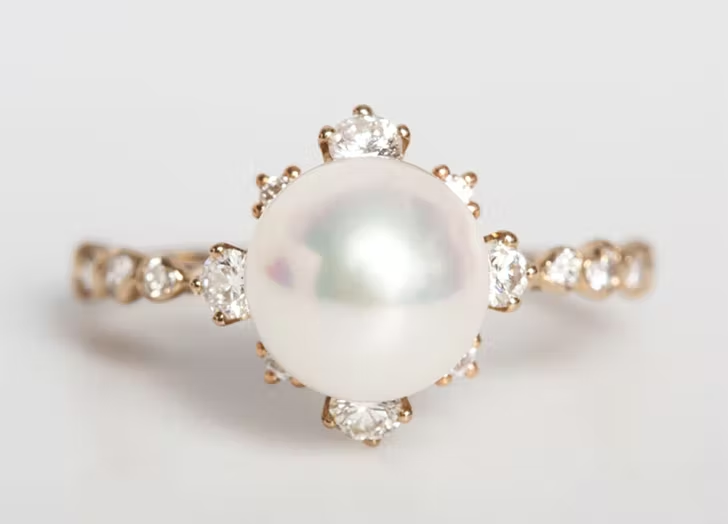
All three treatments are common in the pearl industry and are rarely disclosed by the seller. They have become standard practice and nothing to worry about.
In an attempt to maximize price as well as reduce waste, some farmers and jewelers commonly attempt to alter or improve the visual quality of their pearls.
So what are the most intrusive treatments for pearls?
- Coloration: Different markets have different preferences for the color of pearls. Most Americans prefer pink pearls while Germans prefer white pearls. South Americans and French prefer cream pearls, while Middle Easterners gravitate toward creamy gold.
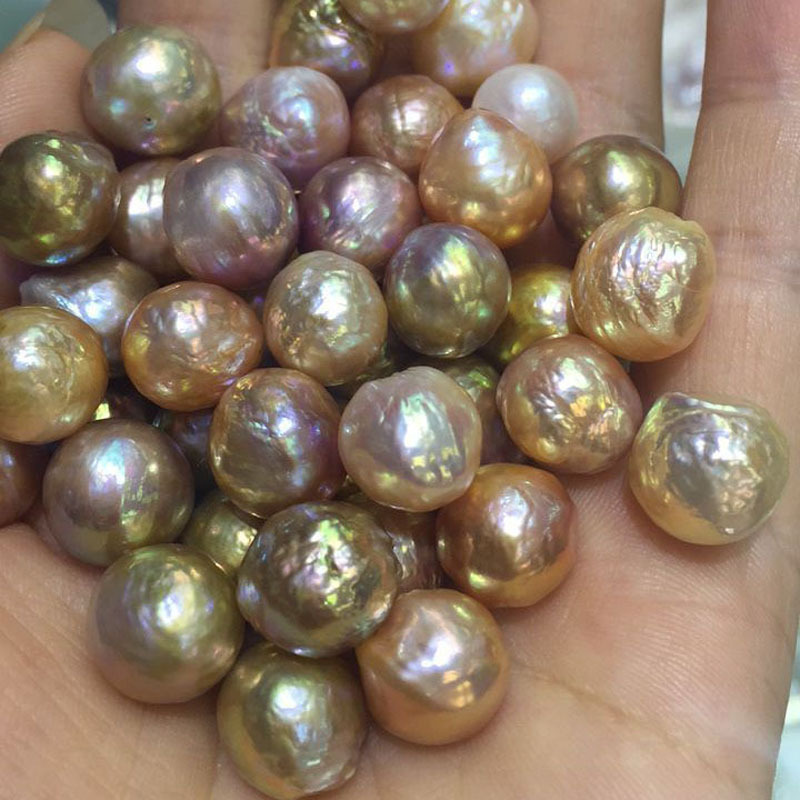
Considering the fact that most pearls come from the same pearl farms, it is not surprising that dyeing is necessary to meet the demand for pearls of certain colors. There is nothing wrong with buying dyed pearls if you know what you are buying. Some famously colored pearls are black Akoya and freshwater.
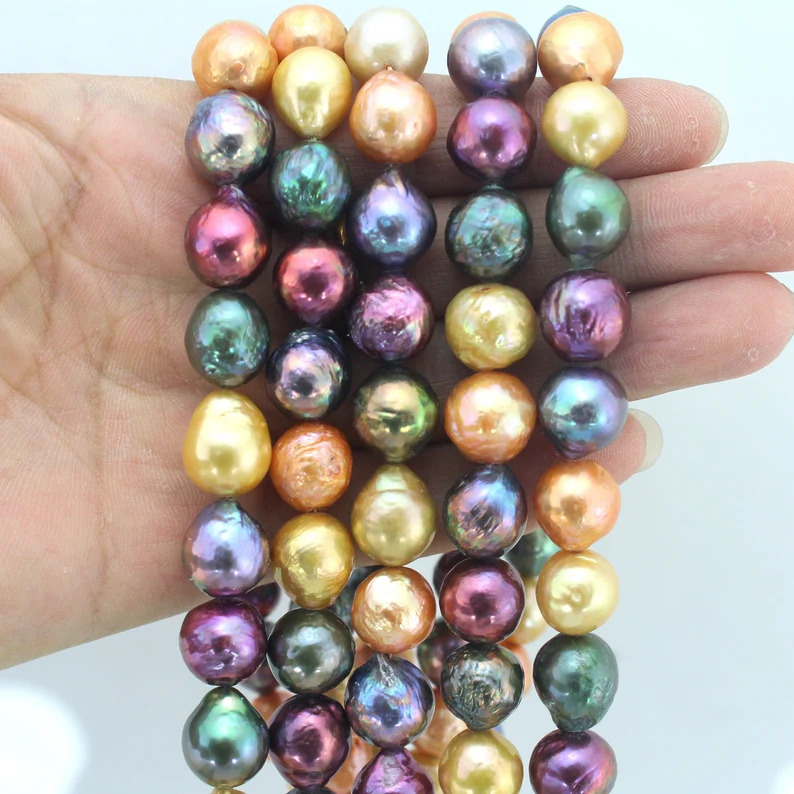
- Heat treatment. This treatment method, developed by the Chinese, has been around for quite some time. This is done to improve the natural luster of pearls after bleaching or cold treatment before. There is nothing "wrong" with this method as it does not have too much of a negative effect on the pearl. But except for the fact that over time it will lose its improved luster and will most likely return to its original state.
- Irradiation: Usually done on light freshwater pearls along with dyeing, the irradiation makes the pearls darker and more saturated. This is usually done to mimic Tahitian black pearl, but the color may seem suspicious to the trained eye.

- Pinking: This is a well-known but simple chemical dyeing method that gives pearls a pink color that is in high demand.
- Maeshori: This is a type of heat treatment aimed at improving the brilliance of pearls that has evolved over time. This includes coating the pearls with a solvent to clean them so they can be bleached properly.
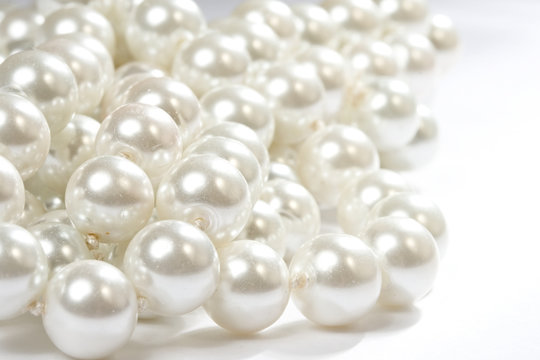
Today's maesori processing methods vary, some of which include coating pearls and soaking them in various solutions. These treatments affect the pearl's mother-of-pearl condition and, depending on the specifics, can cause the pearl to lose its luster after a while, as it is more prone to breakage.
- Polishing: A type of polishing, usually with beeswax, that is polished to remove scratches and improve the pearl's luster. When done without chemical intervention, it is considered acceptable as most chemicals tend to corrode mother-of-pearl pearls.
- Filling: When a low quality pearl has a loose core or is partially hollow, it is usually filled with an epoxy. This significantly improves their quality and durability. Again, if this is properly documented and the pearl is reasonably priced, this should not be a problem. This becomes a problem when such pearls are then plated and dyed and sold at prices above their respective prices.
- Coating: This is often done with varnish to temporarily improve the luster of the pearl. However, such a coating wears off rather quickly, leaving the buyer with a pearl of lower quality than what he might have thought when buying.
How to discover possible ways to process pearls?
Most pearl treatments are difficult to detect with the naked and untrained eye.
Pay attention to the saturation of the color and brilliance of pearls. If the color of the pearl is too uniform and even, or if its brilliance is too impressive, despite the average price, you can almost be sure that the pearl has undergone quite a few artificial treatments, which will probably fade over time.

These cultured freshwater pearls in pink to mauve and lavender color match well with each other, but you can still easily notice slight differences in color and overtones of each pearl, unmistakably identifying them as genuine cultured pearls that have not been dyed. or color treated.
Another thing to look out for is whether the color and luster of the pearl matches the color and luster of the other pearls in the piece of jewelry.
Mallorcan synthetic pearls
If you bought a pearl necklace and all the pearls in it are 100% identical, then you can be sure that they have been dyed and coated to achieve this effect.
Even with the highest quality pearls, you may see some slight differences in the shape, size, color and luster of different pearls in the same necklace.
